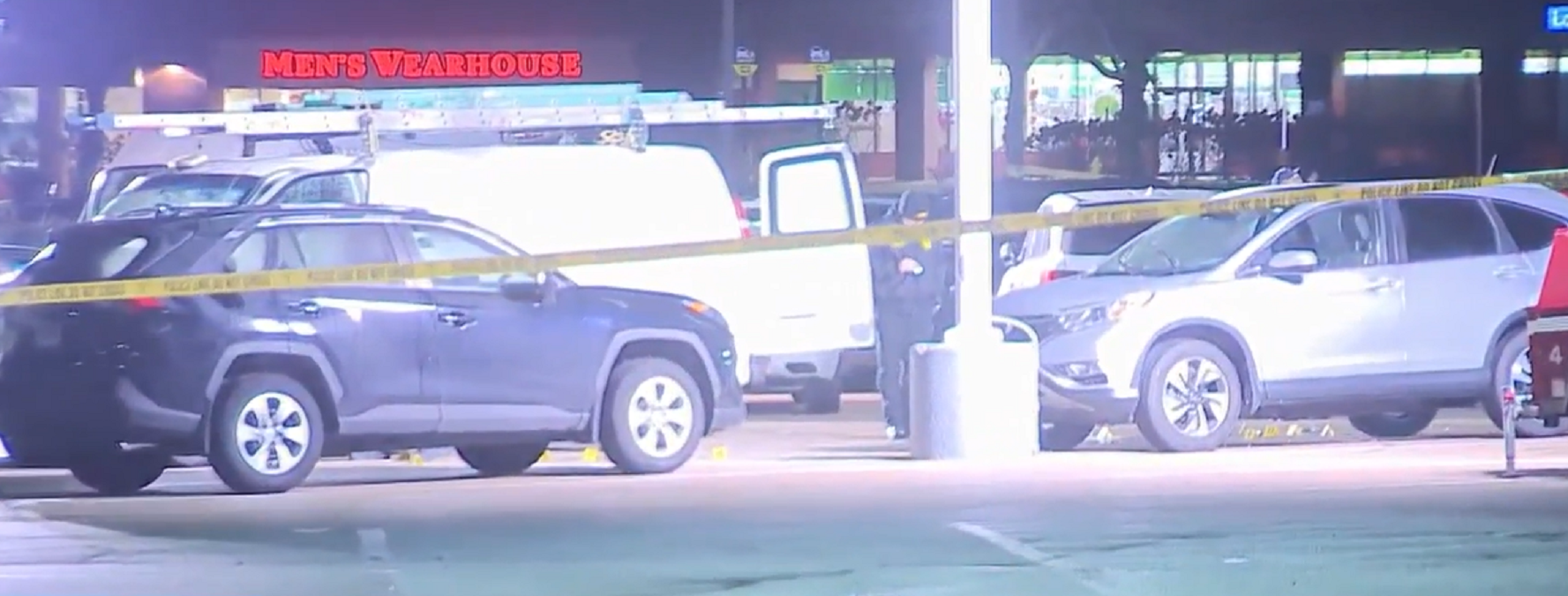
While the state reported nearly 1,300 new cases of the coronavirus on Saturday, Illinois Governor J.B. Pritzker is expressing cautious optimism that efforts to curb COVID-19 have begun to “flatten the curve.”
During his daily press conference on Saturday, the governor said that the state has begun to see a lower rate of increase in terms of both new coronavirus cases and the number of hospitalizations related to COVID-19, and while he’s not ready to say that the state is beginning to reach its peak number of cases, he did say that he’s pleased with the results that officials are beginning to see.
“What we’re seeing is a flattening of the curve. It means a lower rise in hospitalizations than was originally anticipated. That’s a really good sign,” Pritzker said. “Hospitalizations, ICU beds, and ventilator use are the most real way you can track how the virus is moving and whether it’s expanding exponentially, and what we’re seeing is a flattening of that curve.
Echoing comments made by Dr. Ngozi Ezike, director of the Illinois Department of Public Health, earlier this week, Pritzker said that while residents are continuing to test positive for the virus, the state is not seeing an exponential growth of those numbers, a good sign that social distancing and the state’s “stay-at-home” order are having their intended effect.
“If you look at a moving average of days, you can see that the rate of ascent has significantly diminished,” he said. “It’s not flat, but it is not going up at the same level it was. We’re pleased with that, but it’s by no means determinative of what the next week will bring.”
State officials are continuing to consult models to determine the proper course of action moving forward, and are working to determine when the “peak” number of cases will be reached. Most estimates target the peak as occurring in the middle of April, although models disagree on when the peak will be reached.
Even if cases begin to drop as a result of the state’s efforts to combat the virus, Pritzker cautioned that officials still have to be careful about how quickly they can relax COVID-19-related restrictions, including whether to extend the state’s “stay-at-home” order beyond April 30.
Local
“We’ll continue to evaluate that,” he said. “As we think we’ll have to adjust that April 30 date, we will then reach out to outside scientists and get their input. I’ve tried to be as open and frank as possible, and I’ll continue to do that.”
Since seeing a 16 percent increase in cases on April 4, the state of Illinois’ rate of increase in terms of COVID-19 diagnoses has dropped to single-digits. On Thursday and Friday, the state reported increases of just nine percent in terms of case increases, and on Saturday the state reported that its number of cases had gone up by seven percent.



